25 March 2014 – The biennial MEDICAL MANUFACTURING ASIA returns for its 2nd edition from 9 – 11 September 2014 at Suntec Singapore and will feature a two-day conference centered on the topic of Additive Manufacturing (AM), more commonly known as 3D printing.
MEDICAL MANUFACTURING ASIA 2014 comes on the back of a standout showing at its inaugural edition in 2012 where it drew 144 exhibitors from 21 countries, with close to 90% of exhibitors affirming their satisfaction at the internationality and quality of visitors present at the trade fair.
Following the government’s announcement that S$500 million over 5 years will be invested in a bid to boost Singapore’s advanced manufacturing technologies which include those for 3D printing, the MMA Conference 2014 on Additive Manufacturing proves timely and is set to play a pivotal role in bringing together highly-qualified specialists and industry peers as they engage and cross-share the latest developments, new research and medical technology and medical manufacturing applications.
Co-organised by Singapore Precision Engineering and Tooling Association (SPETA) and Messe Düsseldorf Asia, and in collaboration with International Enterprise (IE) Singapore and SPRING Singapore, MEDICAL MANUFACTURING ASIA is a perfect alliance of specialist medical trade fair experience with critical precision engineering industry expertise. Held alongside MEDICAL FAIR ASIA, Asia’s leading medical and healthcare event now into its 10th edition, MEDICAL MANUFACTURING ASIA’s exhibitors and visitors alike will have the added opportunity of tapping into a multifaceted marketplace of quality trade professionals and buyers from the Singapore and international medical technology and healthcare sectors.
“Co-locating two stellar trade fairs was a move that simply made sense. The unique quality of both shows are a perfect match, serving not just to enhance brand exposure for all participating exhibitors, but to create an exciting business playground where all parties have the opportunity to establish a strong business presence in the Asian marketplace, gaining a foothold in the fast growing medical and medtech industry”, said SC Koh, Executive Director, SPETA.
Elaborating further, he said the co-located events encourages cross collaboration between both sets of delegates as they mutually tap on the pool of expertise present, spurring new ideas and efforts that could give birth to better and more innovative services and solutions.
With Singapore poised to be the medical hub in Asia, MEDICAL MANUFACTURING ASIA 2014 looks set to establish itself as the premier trade fair for the rapidly developing medical technology and manufacturing sector for the region, an industry that has proven resilient in the face of a challenging global economic climate.
On the domestic front, MEDICAL MANUFACTURING ASIA continues to enjoy strong industry participation through support from SPETA, IE Singapore and SPRING Singapore, which collectively have galvanised local exhibitor signup and enquiries that have exceeded expectations.
Keen to get in on the action, IVAM, an international association headquartered in Germany and comprising of companies and institutes in the field of micro technology, nanotechnology, advanced materials and optics & photonics, makes a starring return to MEDICAL MANUFACTURING ASIA 2014, following closely on its successful participation at the inaugural edition. With a dedicated pavilion, IVAM will pave the way for its partner organisations to leverage on this unique opportunity to showcase the latest product innovations and tap into the increasingly sophisticated medical sector here in Asia. IVAM will be in distinguished company, with returning nations Austria and Germany having confirmed their country pavilion status.
Augmenting MEDICAL MANUFACTURING ASIA’strade fair and conference is the Global Asia Trade Exchange (GATE) 14 Medical Technology, an IE Singapore initiative, in partnership with SPETA. GATE14 Medical Technology is a premier procurement event that connects global buyers with Singapore’s medical device companies and suppliers whose offerings include end-to-end precision engineering assembly, product design and development, production and assembly, and prototype testing, to supply chain and distribution services.
More information on MEDICAL MANUFACTURING ASIA, the 2-day Conference and the GATE 14 Medical Technology are available from www.medmanufacturing-asia.com.
|
Press contact: |
Exhibitor contact: |
|
Desmond Cher Tel: +65 6332 9652 |
Siew Wei Yao Tel: +65 6332 9671 |
|
Email: desmond@mda.com.sg
|
E-mail: weiyao@mda.com.sg
|
About the Organisers
The Singapore Precision Engineering and Tooling Association (www.speta.org/SPETA ) is a trade association representing locally registered companies engaged in the manufacturing of moulds and dies, jigs and fixtures, metal stamping, metal castings, plastic and rubber moldings, precision machining, photonic and semi-conductor equipment, aerospace, automotive and medical parts as well as in providing services related to the precision engineering industry.
Messe Düsseldorf Asia (www.messe-duesseldorf.de/MDA ) is a subsidiary of Messe Düsseldorf in Germany, one of the world’s leading trade fair organisers, responsible for organising more than 20 global No. 1 exhibitions in various industries including medicine and health, specifically MEDICA, COMPAMED, REHACARE INTERNATIONAL and A+A held in Düsseldorf, Germany. With extensive expertise in organising trade fairs in Southeast Asia, Messe Düsseldorf Asia has developed a portfolio of numerous trade fairs in Southeast Asia since 1995.





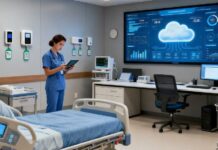











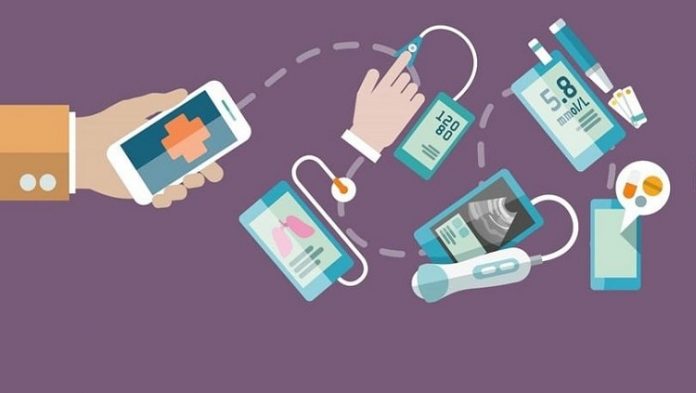
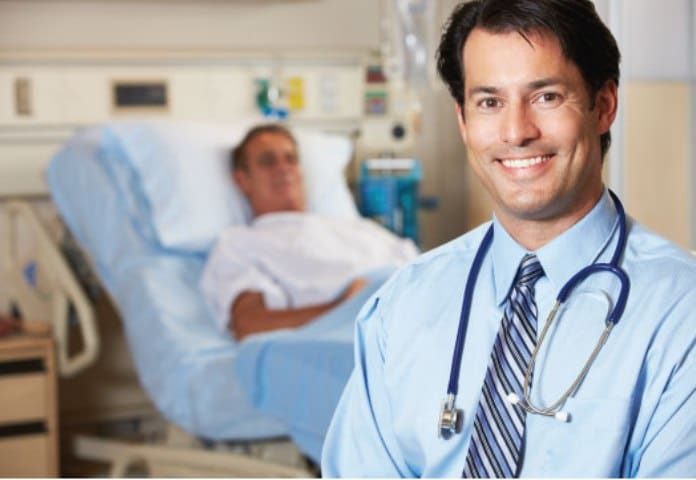

 Email doesn’t make Steward a di_erentiator, but it enables us to become that. It enables us to be a better healthcare system, to provide better patient care, to lower cost, to really change the face of healthcare, which is what Steward is trying to do. Microsoft understands that that’s where we’re trying to get to and they bend to help us get there instead of expecting us to bend to them.” – Mary Buonanno, Vice President, Partner Services, Steward Health Care
Email doesn’t make Steward a di_erentiator, but it enables us to become that. It enables us to be a better healthcare system, to provide better patient care, to lower cost, to really change the face of healthcare, which is what Steward is trying to do. Microsoft understands that that’s where we’re trying to get to and they bend to help us get there instead of expecting us to bend to them.” – Mary Buonanno, Vice President, Partner Services, Steward Health Care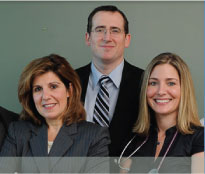 The initial six hospitals acquired to begin Steward Health Care had not been able to keep technologically up-to-date. With the rapid addition of five hospitals, the organization sought to realize economies of scale in order to maximize efficiency, improve service availability, minimize costs, and improve patient care. From a technological perspective, this meant merging the various hospitals’ disparate IT systems into a coherent whole. This would minimize IT infrastructure and support costs, while providing the system-wide communication and collaboration capabilities that today’s medical care demands.
The initial six hospitals acquired to begin Steward Health Care had not been able to keep technologically up-to-date. With the rapid addition of five hospitals, the organization sought to realize economies of scale in order to maximize efficiency, improve service availability, minimize costs, and improve patient care. From a technological perspective, this meant merging the various hospitals’ disparate IT systems into a coherent whole. This would minimize IT infrastructure and support costs, while providing the system-wide communication and collaboration capabilities that today’s medical care demands.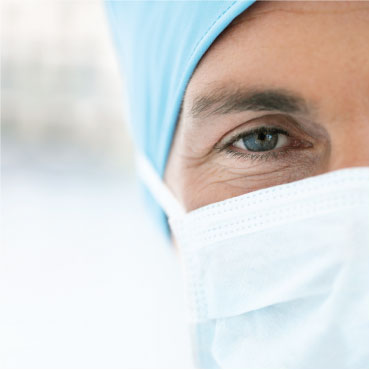 Steward Health Care initially used Microsoft Consulting Services and Cloud Vantage Services to manage its upgrade to a cloud-based Office 365 platform. “Their first task,” Buonanno explained, “was to stabilize the environment through a backend platform that was current and supportable. The next step was to look at optimization in order to exploit economies of scale. What’s the point of being an integrated healthcare system if you don’t use those economies to drive down costs?”
Steward Health Care initially used Microsoft Consulting Services and Cloud Vantage Services to manage its upgrade to a cloud-based Office 365 platform. “Their first task,” Buonanno explained, “was to stabilize the environment through a backend platform that was current and supportable. The next step was to look at optimization in order to exploit economies of scale. What’s the point of being an integrated healthcare system if you don’t use those economies to drive down costs?”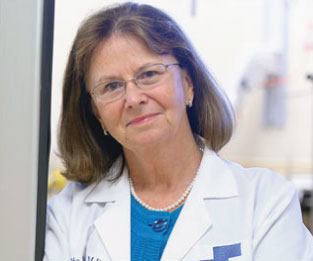 Increased credibility with end users
Increased credibility with end users